Recently I received an invitation to a seminar at Anthropologie on Regent Street (this is no special treatment – I’m just on their mailing list and keeping the company afloat with my spending habits). It’s pretty close to my office so I went after work.
The event was very well attended, I was lucky to get a seat. I’ve never been to a do like this before and it was hard to avoid noticing that almost everyone was female, incredibly well-groomed with fashionable (but not too fashionable) clothes and quirky jewellery that showed her creative side. We tip our hat to this cliché, gently side step it and move on….
The evening was based around a talk given by Abigail Ahern to support the launch of her new book Decorating With Style – and yes I bought one, in one stroke doubling my collection of interior design books.
I wasn’t sure what to expect and whilst I have heard of Abigail I wasn’t that well-informed about her style. So I was pleasantly surprised to find it really interesting. Abigail made a few points that resonated with me, things that I felt I had stumbled upon in some of my more successful projects which Abigail helpfully explained making it much more likely that I will now remember them and use them again. Thanks Abigail.
Here are a few things she said which made me think…hmm…yes I’ll remember that.
- Create multiple focal points. Rather than settling on one major focus to the room you can actually have a few points of interest, so a big mirror, a cool lamp, a crazy rug etc. It draws the eye around the room, creates interest and is generally a more pleasing space to look at. Abigail recommends going for at least three but to avoid sensory overload limit the colour palette that you use.
- Don’t paint small spaces white to make them appear bigger. You often hear people say that you should paint a small room a light colour to make it bigger. I’ve thought before that makes no sense, pale doesn’t really mean big and actually small rooms can be cosy, attractive places to be, particularly if you use cosy dark colours, so why fight it. If you create an interesting and beautiful room no one’s first thought will be “small” when they walk in, or at least that won’t be the first thing they think.
- Paint boring stuff in the same hue. That includes ceilings, doors, skirting, shelves and even flooring. Abigail makes the point that this allows what you put into the room to really stand out. I think it makes the room feel coherent in a way you can’t quite put your finger on when you walk in. Once you start looking plenty of rooms have the ceiling the same colour as the walls you just don’t particularly notice it. I’ve tried to convince people before to do this, with no positive results so far. So here I am giving it another go…
- Don’t forget practical rooms. Abigail points out that people often ‘stop’ decorating when it comes to bathrooms, halls and kitchens as they are functional spaces. What I really liked was her attitude to kitchens in particular. She keeps the standard elements of fitted cupboards to a minimum and spends her budget on interesting elements, like lights – why not have an over the top chandelier in a kitchen? She’s also a fan of open storage on the basis that a wall of blank cupboards is dull whereas a space to show interesting plates or even everyday items can be quite lovely.
- Level of madness should be 80% normal to 20% odd. Pretty simple really, having lots of eclectic items together adds interest, too many and it’s not fun anymore
- Have confidence with colour. It’s transformative and cheap. Just paint it back if you don’t like it.
- Use pattern and texture. Rugs are the best way to add pattern and don’t be afraid to contrast patterns and textures as long as you restrain the palette you’re using.
- Decorate for less. Paint cheap furniture to add interest or paint a rug on the floor or panels on the wall. Cover cheap blinds in wallpaper or the risers on your stairs. Shop vintage (but not all vintage).
- Don’t stop too soon. Accessories create the interest within a room.
She said a lot more, but those were the bits I remembered.
And here’s a link to Abigail’s Pinterest page which is well worth a look. And some pictures that she shared on the night.
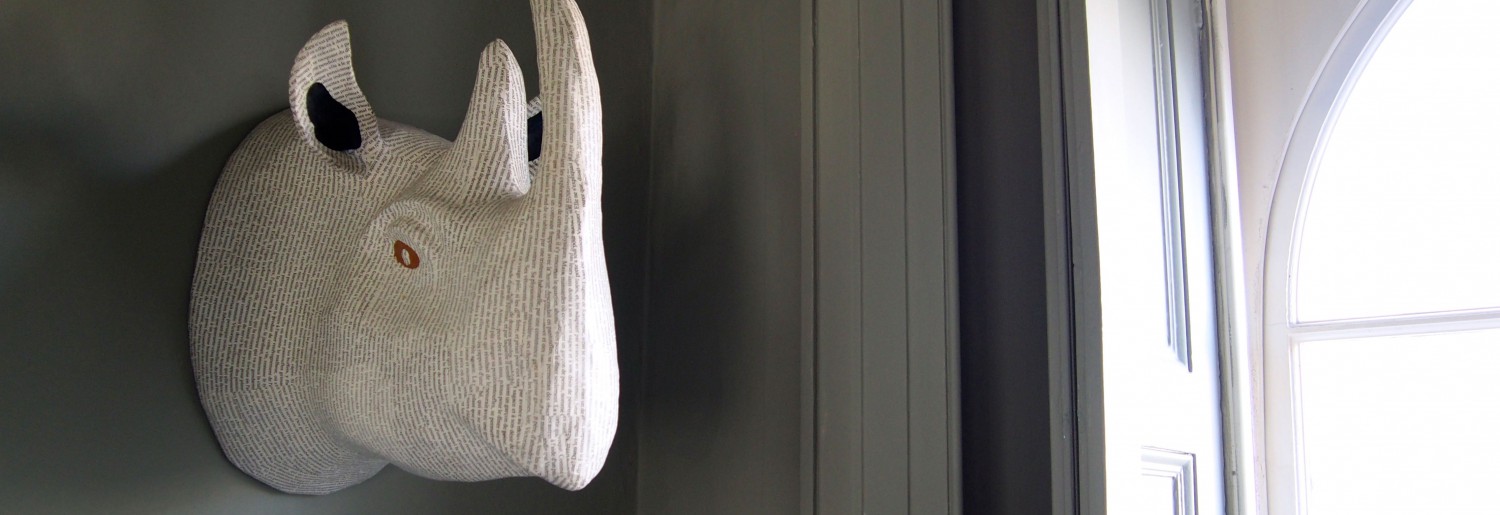
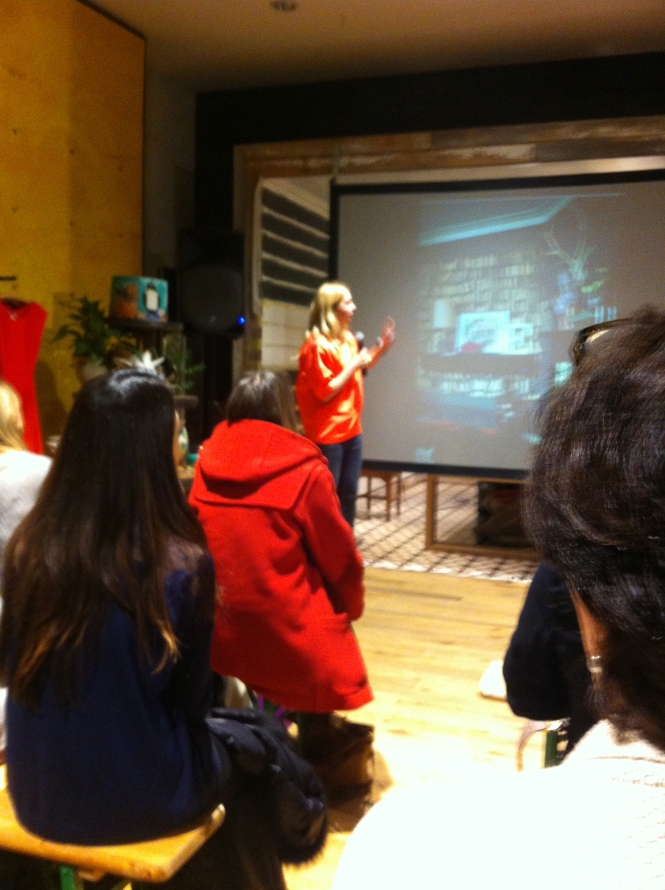
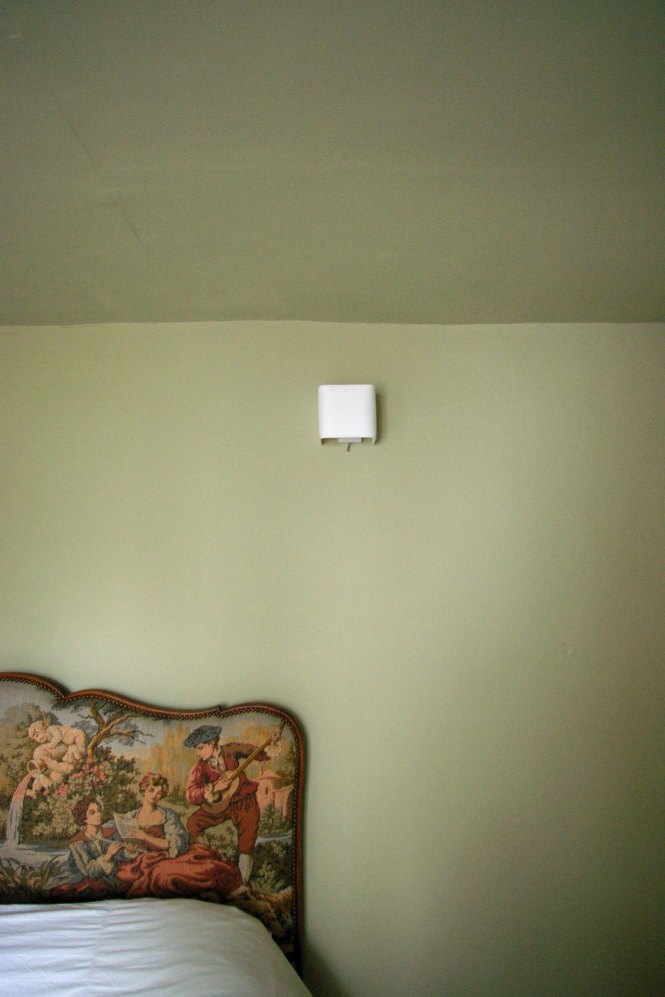
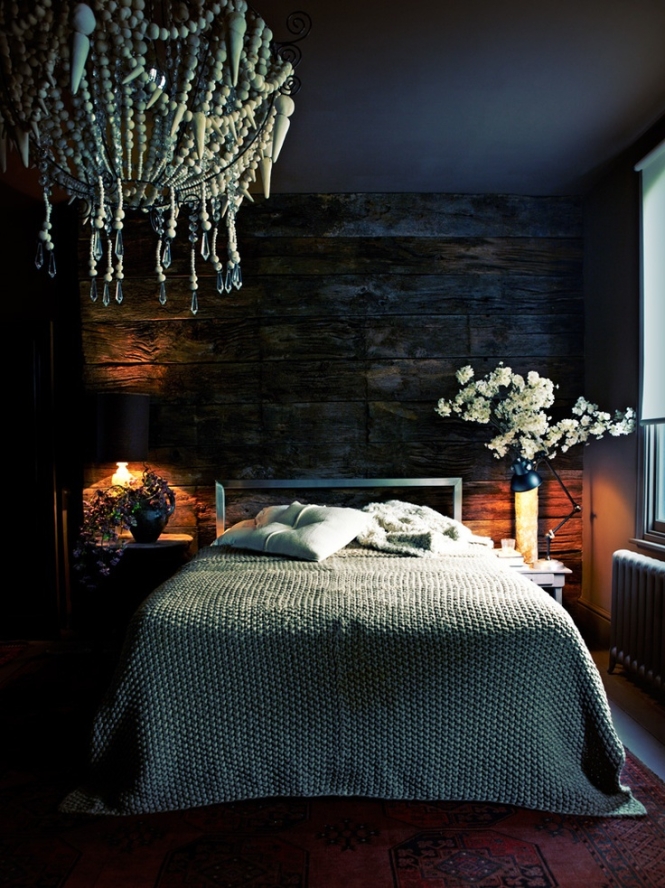
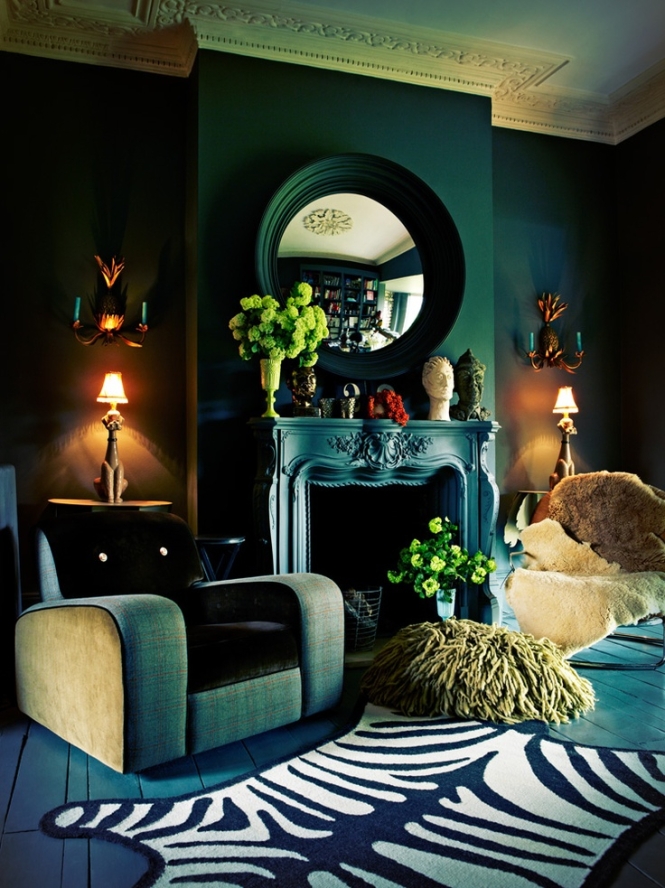
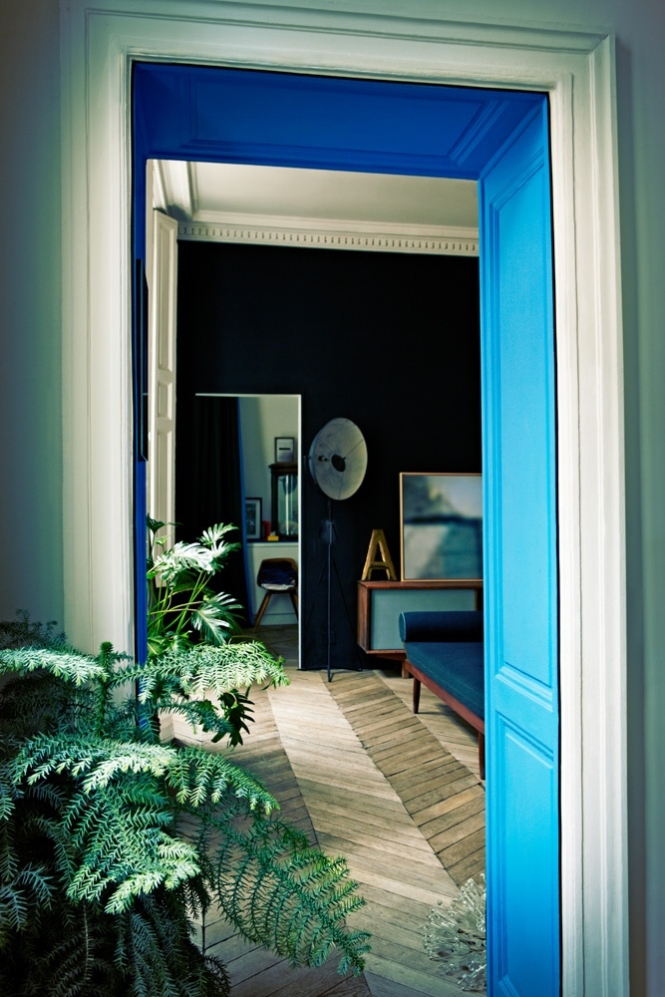
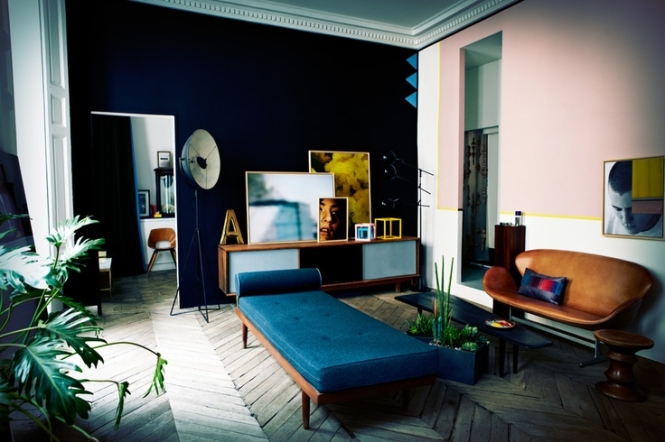
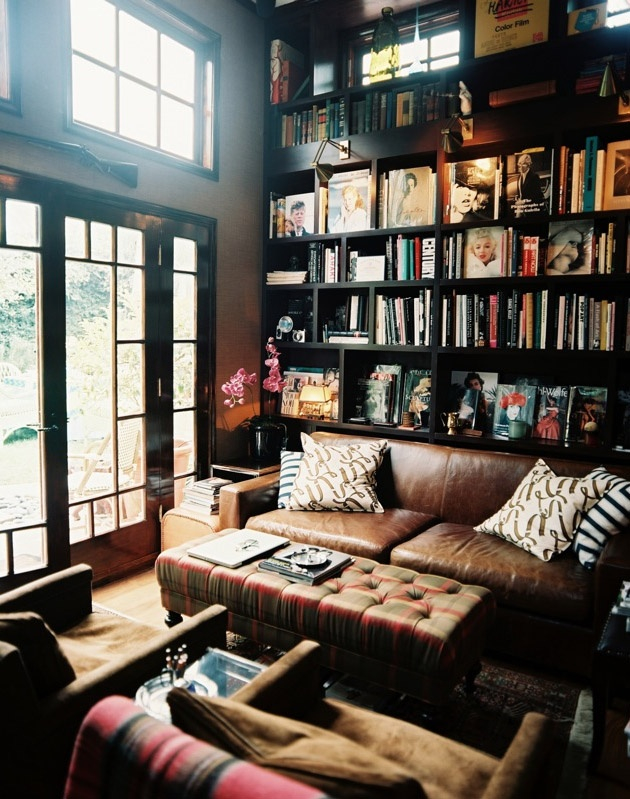
Great pointers. Focal points are a great way to bring a room design together and being brave with furniture and accessories can really change a space. There are fabulous items of furniture out there that don’t just serve a purpose, but actually add something to a room. I always play it a bit safe so need to be braver with colour.